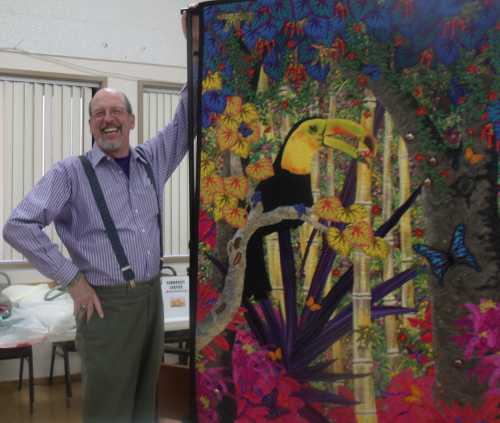A first-of-its-kind independent advisory committee presented its recommendations for the implementation of the U.S. Forest Service’s 2012 Planning Rule to U.S. Department of Agriculture Deputy Undersecretary Robert Bonnie and Forest Service Chief Tom Tidwell, recommending strengthened collaboration, improved planning efficiencies and more effective and informed decision making.
The Planning Rule Federal Advisory Committee ( FACA) also made recommendations that strengthen ecological, social, economic and cultural sustainability objectives of the rule.
This includes recommendations intended to deepen the level of stakeholder collaboration in forest planning, as well as recommendations regarding outreach, adaptive management, monitoring, wilderness, climate change, intergovernmental relations, species protection, and water resources.
The committee, formed in January 2012, advises the Secretary of Agriculture through the Chief of the Forest Service by providing advice and recommendations on the new rule and its directives.
The proposed planning directives guide implementation of the planning rule which was published in the Federal Register in April 2012, and became effective a month later.
“The members of this committee collectively bring to the table a vast amount of knowledge, passion and interest in our national forests and grasslands,” said Bonnie. “We thank this diverse group of members for their hard work in rolling up their sleeves to provide us recommendations on the 2012 Planning Rule. This committee further illustrates our commitment to an open and transparent planning rule and process for implementation.
“This committee worked long and hard through a host of difficult issues to present us with these recommendations to help us manage our public lands for the greatest good,” Tidwell said. “The recommendations reinforce the importance of this Planning Rule and the role our national forests and grasslands serve for the American public – whether that be through recreation, clean water or supporting local economies.”
The committee is comprised of 21 members with varied backgrounds, who represent the full range of public interests in management of the National Forest System lands and who also represent geographically diverse locations and communities.
All FACA meetings are open to the public, and all proceedings and relevant documents are posted online at http://www.fs.usda.gov/detail/planningrule/home/?cid=stelprdb5346267 .
The agency’s planning rule Web site has the latest information on the committee, the planning rule and its directives.








